All about the Class of 2025
Each year, Ultra Vires surveys the class of 2L students after the Toronto recruit with the goal of developing a more comprehensive picture of the cohort’s hopefuls. A total of 73 students answered our survey, providing information about their background, personality, habits, and mental health—along with how the recruitment process affected them. Their responses have been anonymized, analyzed, and reproduced below.
Demographics
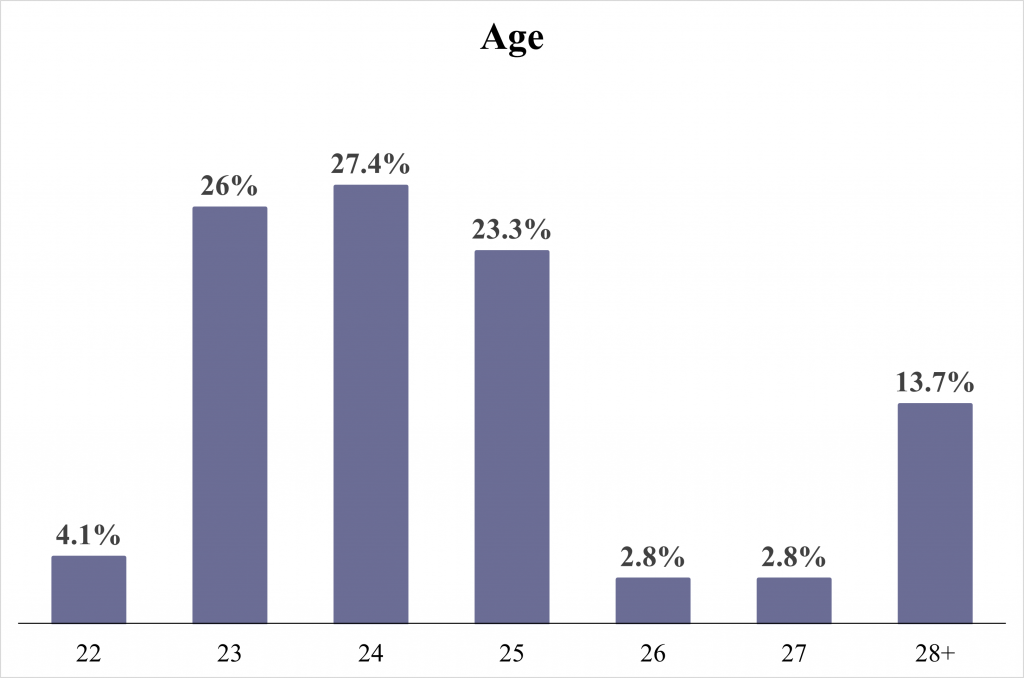
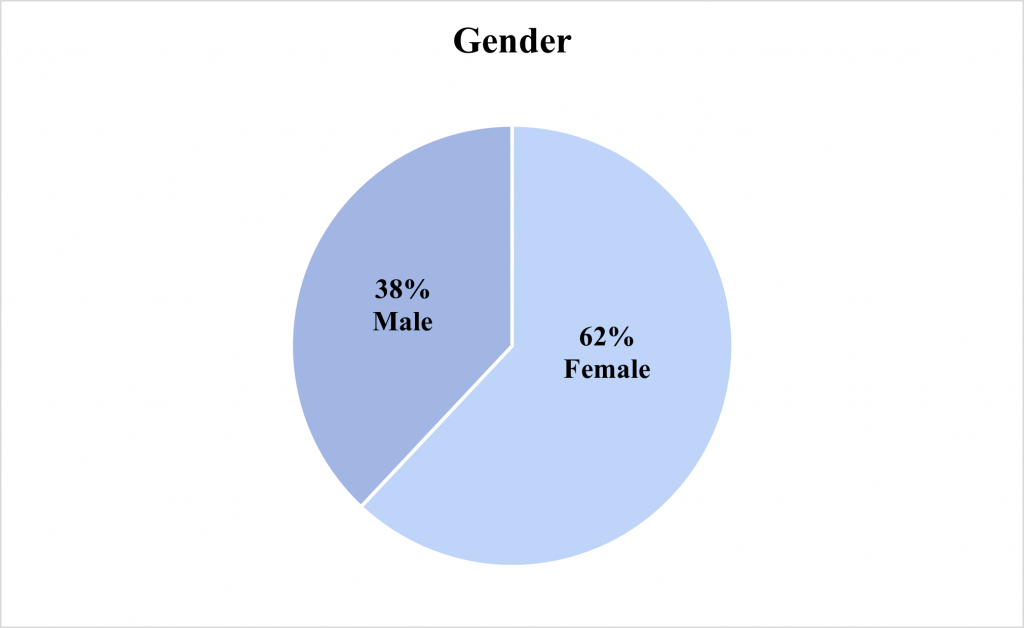
Most respondents fell between the ages of 23 and 25, which is consistent with last year’s results. Gender varied substantially, however, with 38% identifying as male and 62% identifying as female. Not only did the proportion of men grow significantly from just 24.6% last year, but no one identified outside the gender binary.
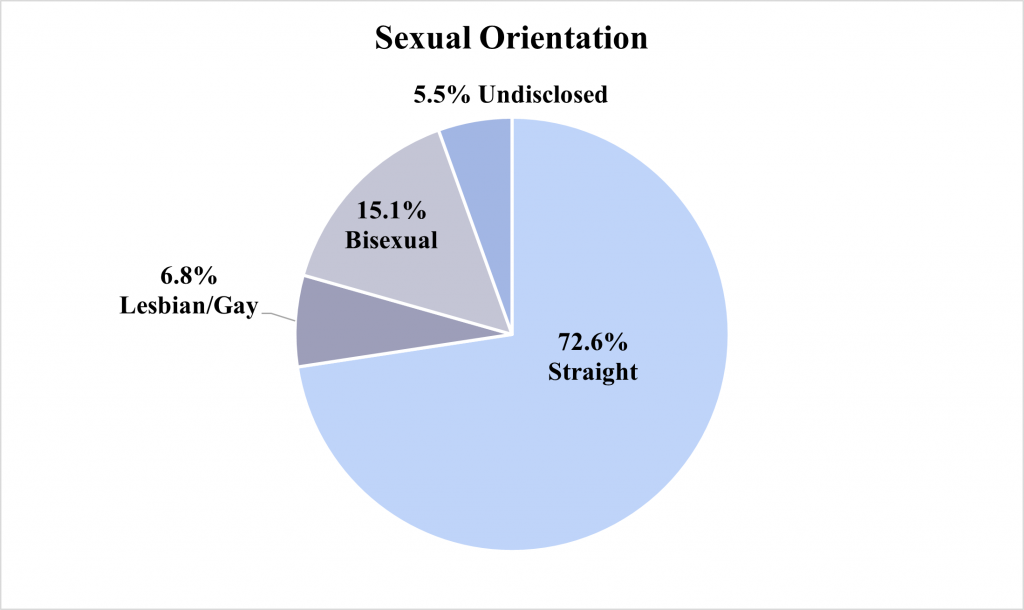
Nearly three-quarters of the cohort identified as straight, while approximately 22% identified as members of the LGBTQ2S+ community. No one identified as “queer” or “questioning.”
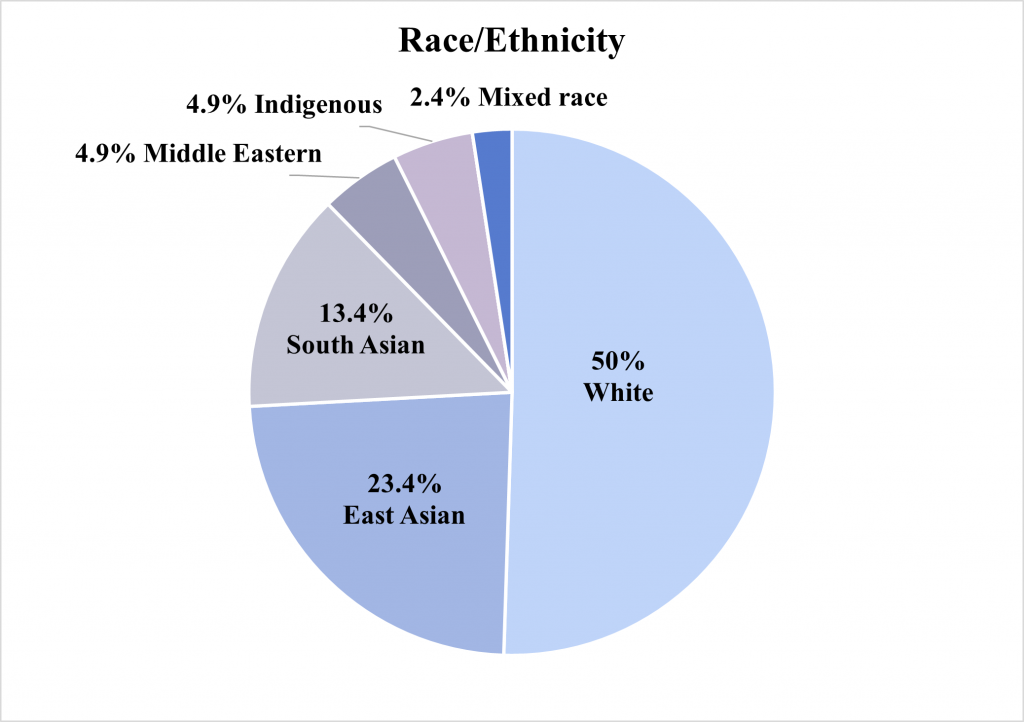
Exactly half of the cohort was white, with East Asian and Southeast Asian students making up the majority of racialized students. Perhaps due to the limited number of survey responses (or a number of other factors), no one in the cohort identified themselves as Black or Hispanic/Latinx.
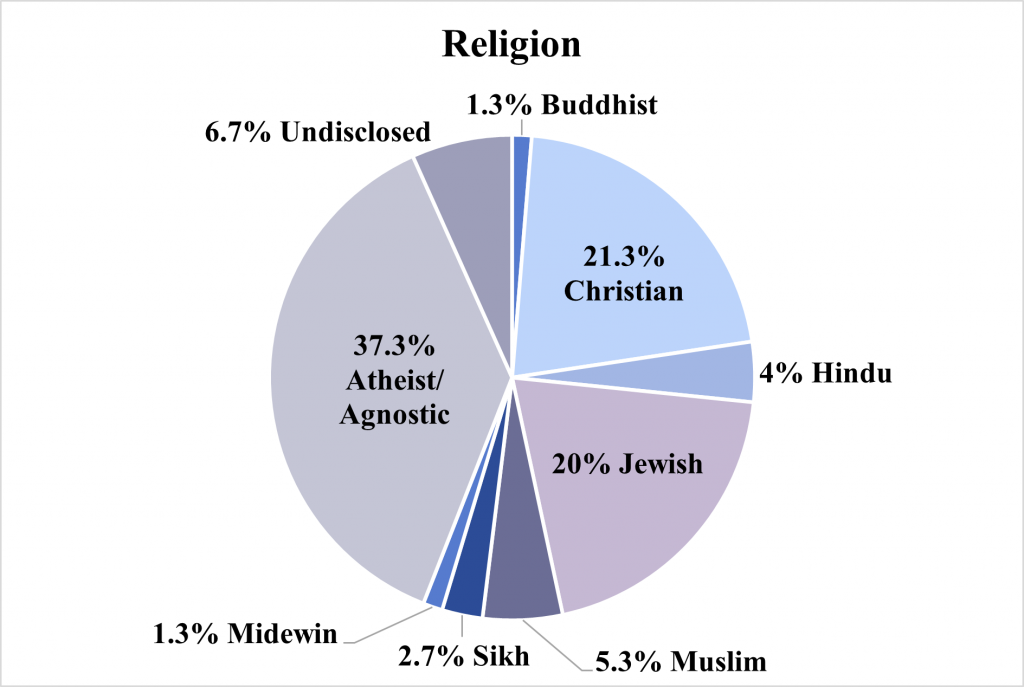
The cohort comprised a mosaic of religions; however, over a third of students identified as atheist or agnostic. Midewin (an Indigenous spirituality also known as Midewiwin) made its survey debut.
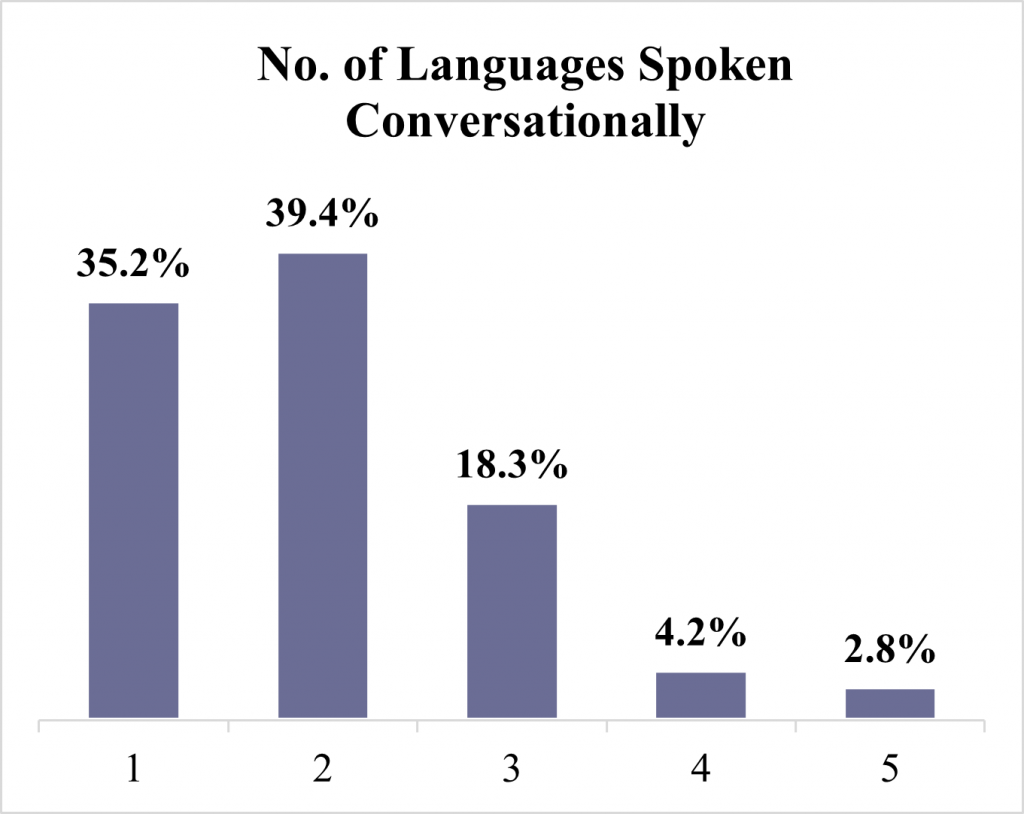
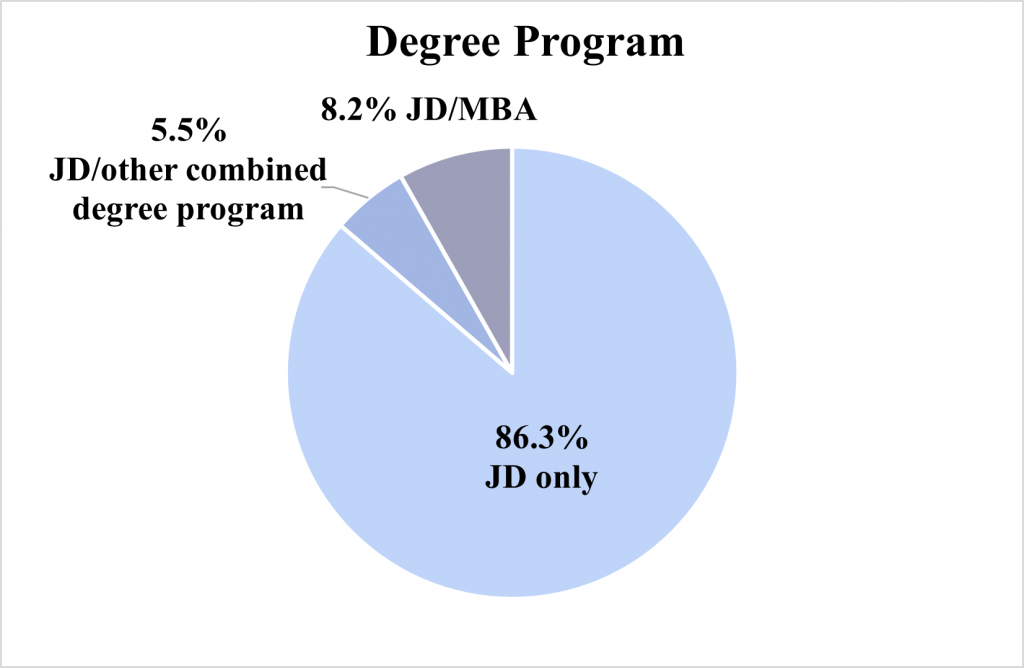
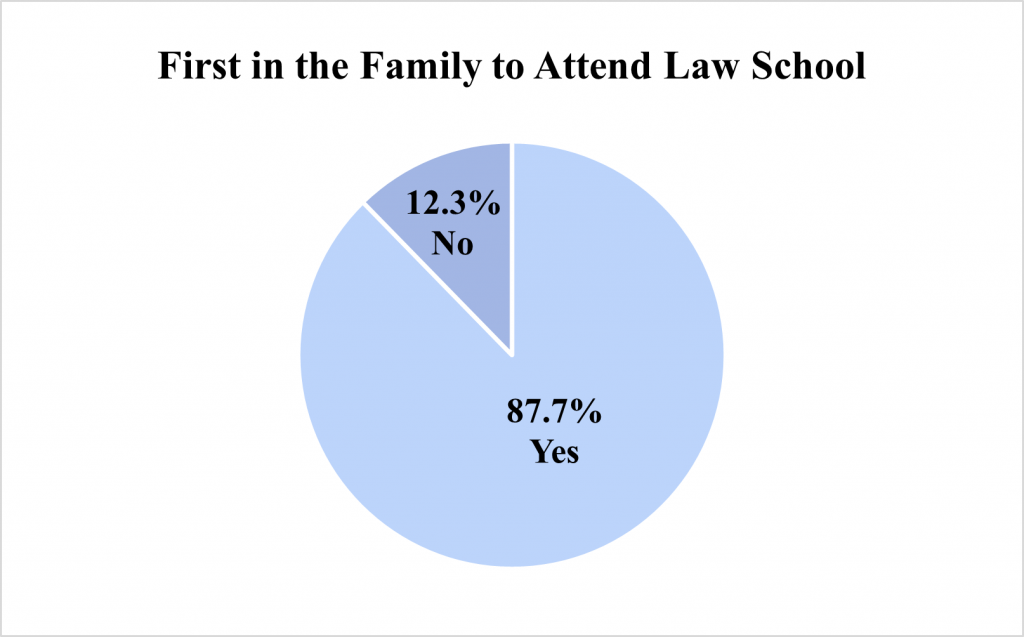
Academic Background
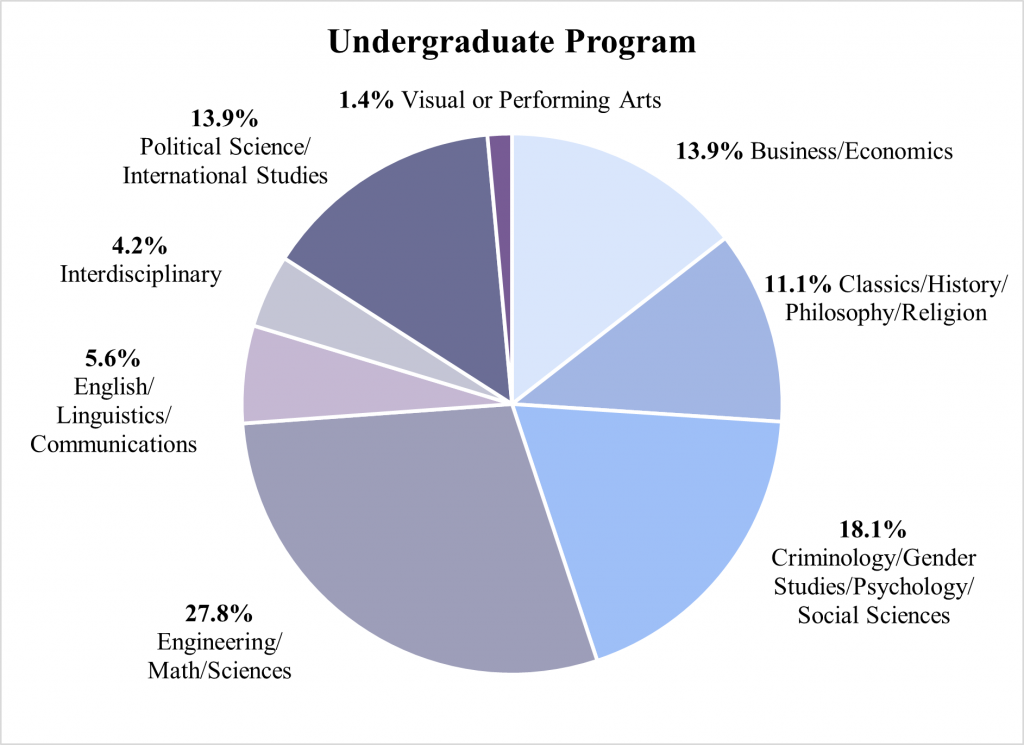
This cohort represented a diverse range of educational backgrounds, from Engineering to Visual Arts. Notably, the number of STEM students more than doubled from last year’s 12.5%.
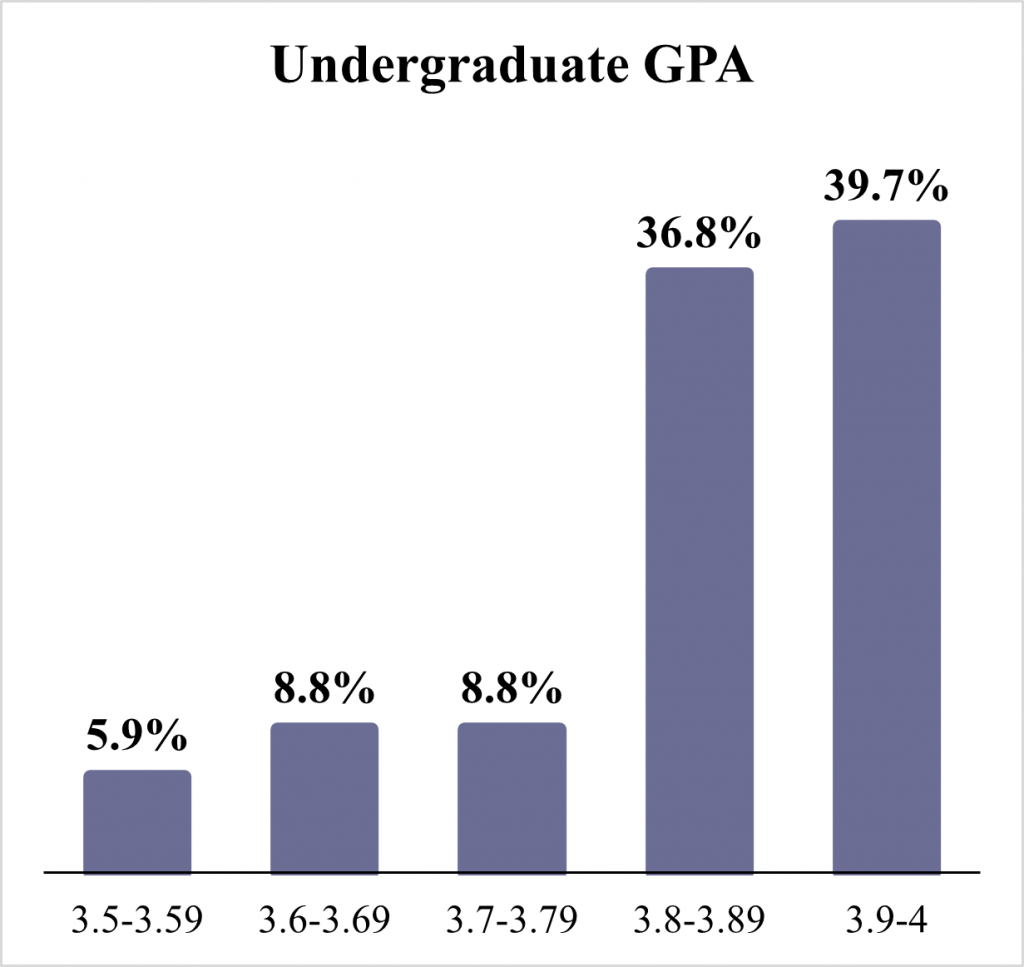
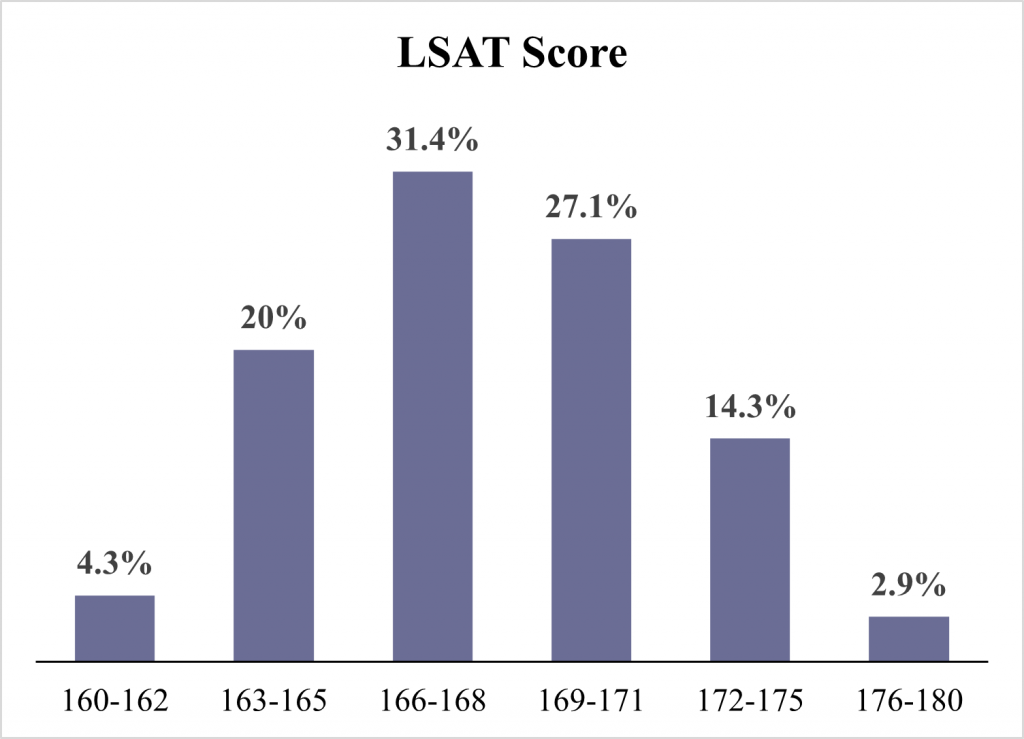
Perhaps unsurprisingly, students were generally high-fliers before coming to law school.
Financial Background
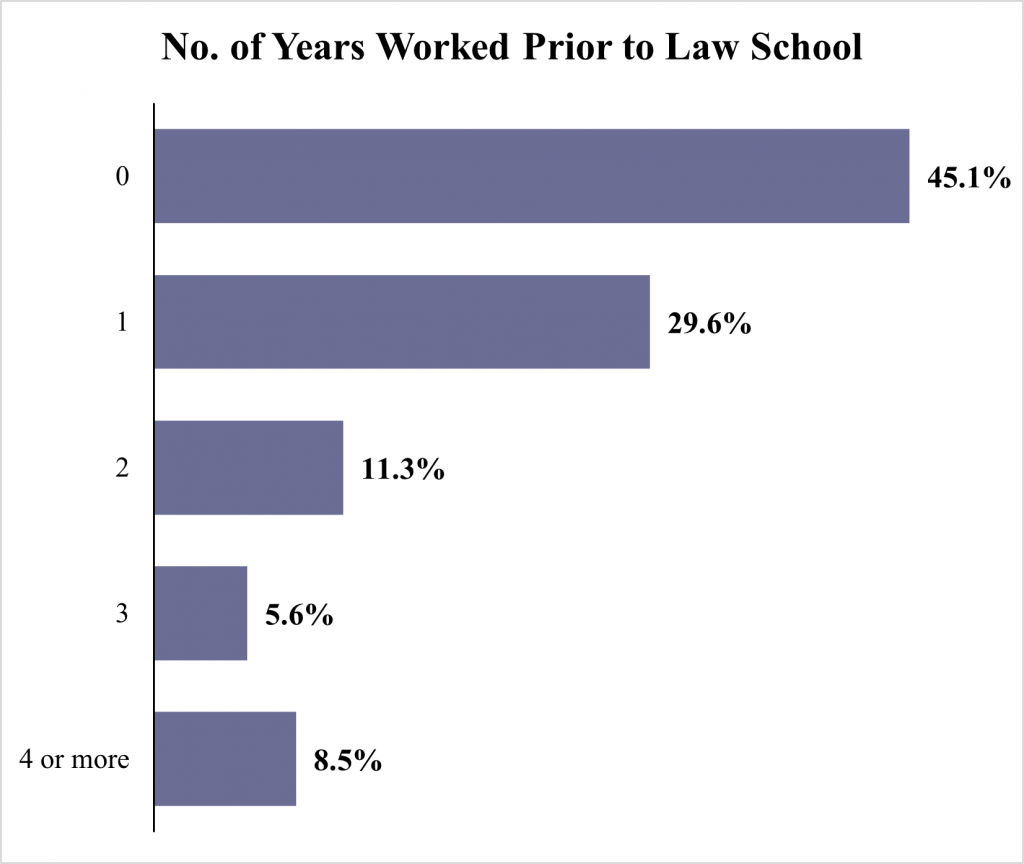
Nearly half of the students went directly to law school after completing one or more degree programs.
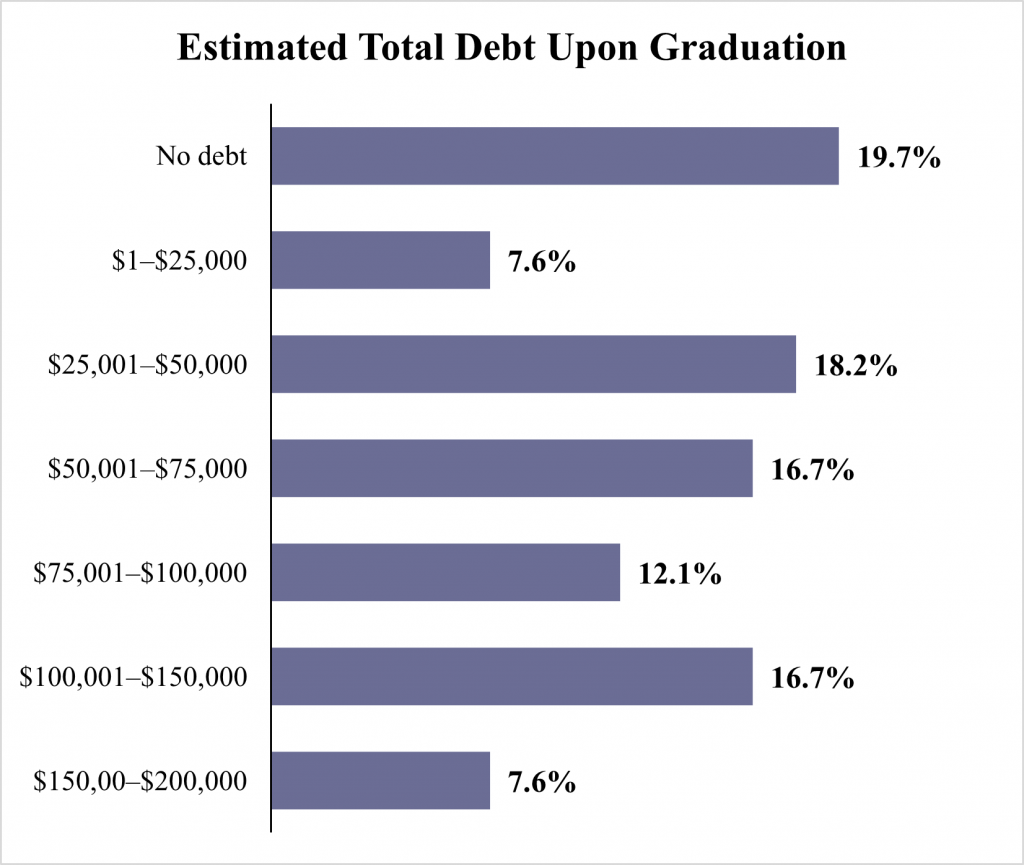
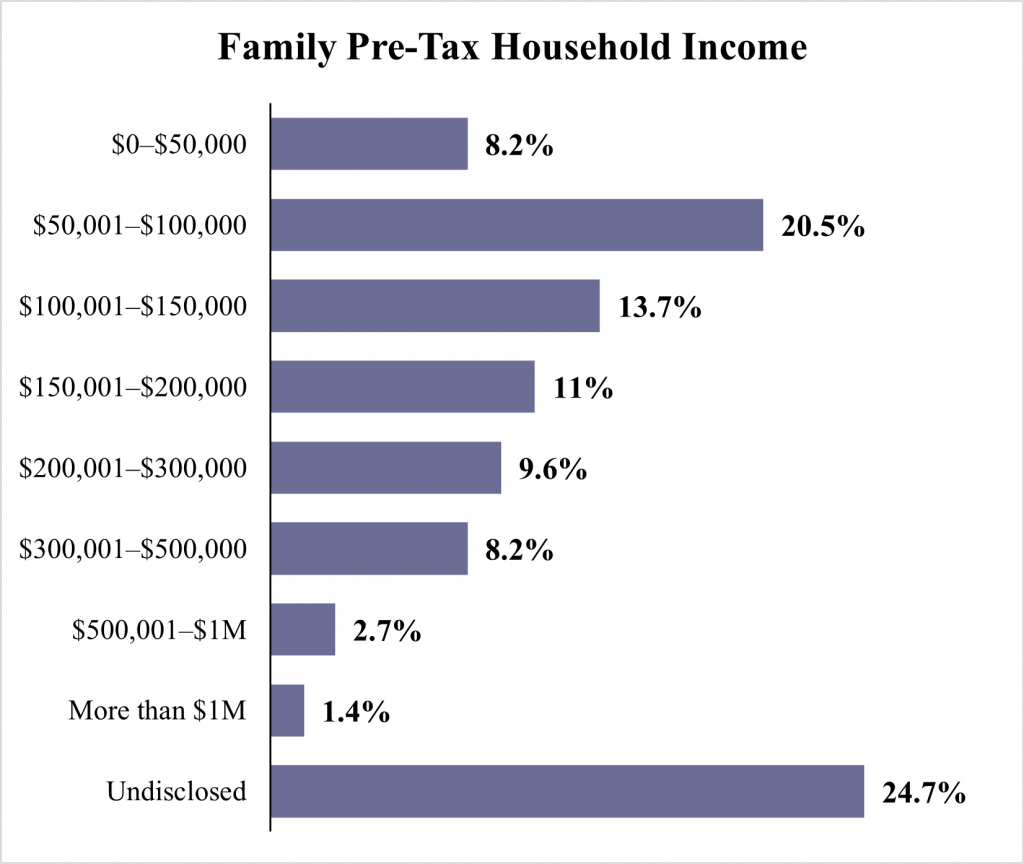
The debt load ranged significantly among this cohort, but each category was somewhat evenly distributed. As for annual pre-tax household income, the largest proportion of students abstained from answering altogether. The results in the graph above are significantly skewed—especially given that last year, over 50% of students reported household incomes over $200,000.
Accessibility and Mental Health
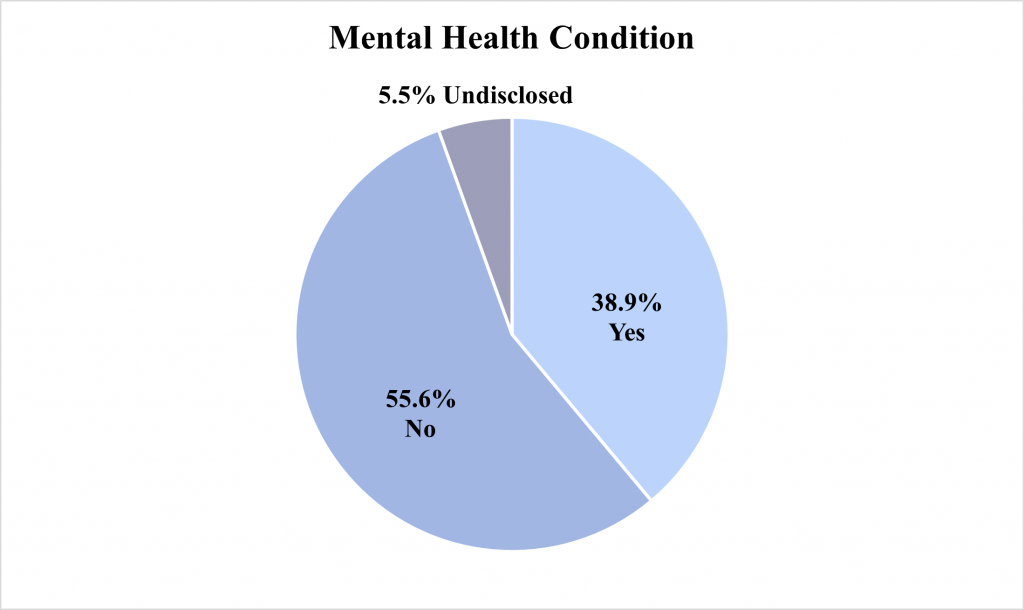
Nearly 40% of students reported that they live with a mental health condition. Note that we did not limit the “yes” responses to those diagnosed by a medical practitioner.
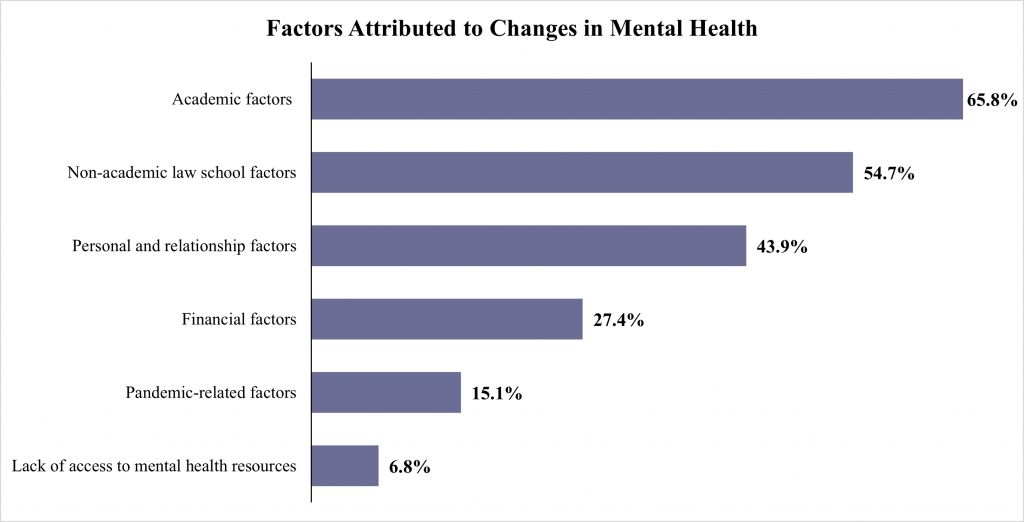
As with previous years, academic factors (workload, stress, culture, etc.) had the greatest impact on the cohort’s mental health. For the first time, however, over half of the students reported that non-academic law school factors (extracurriculars, etc.) also played a role in changes to their mental health.
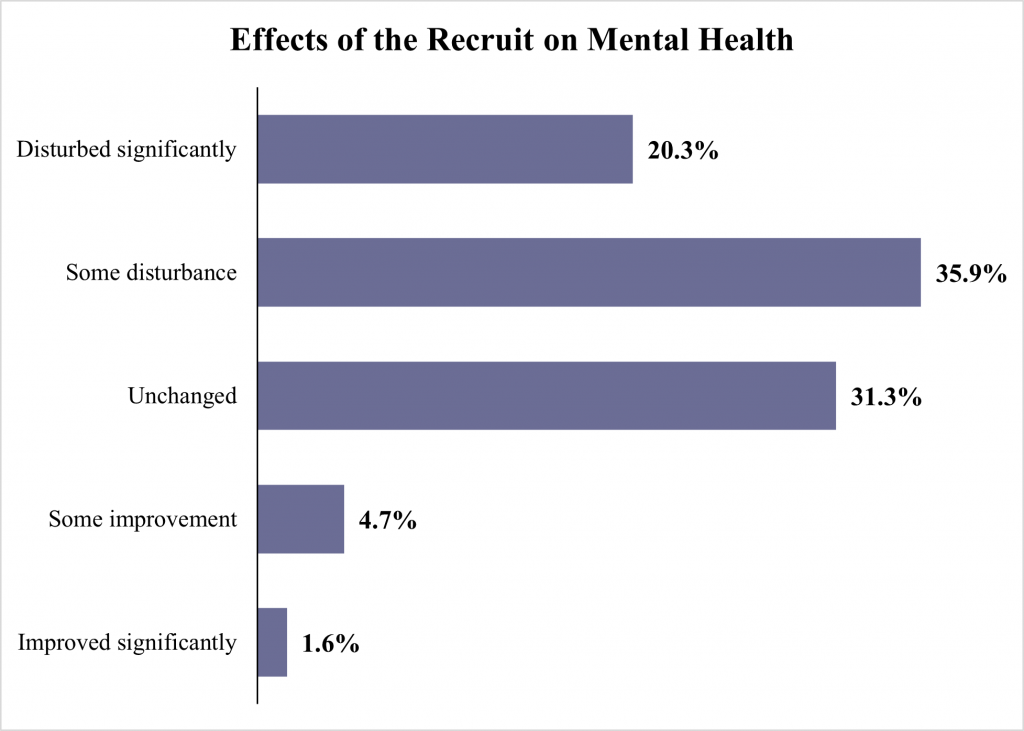
As with many previous cohorts, over half of the respondents indicated that the recruitment process caused disturbances to their mental health.
Political and Social Life
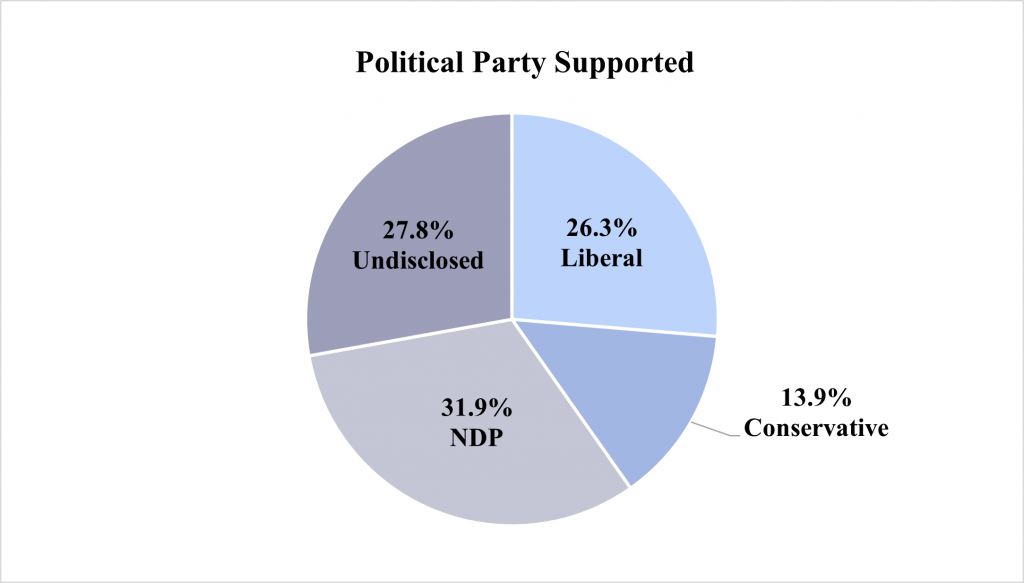
In contrast to previous years, the political affiliations of this cohort leaned far-left. These results are almost certainly skewed because, for the first time, nearly 30% of students abstained from answering this question.
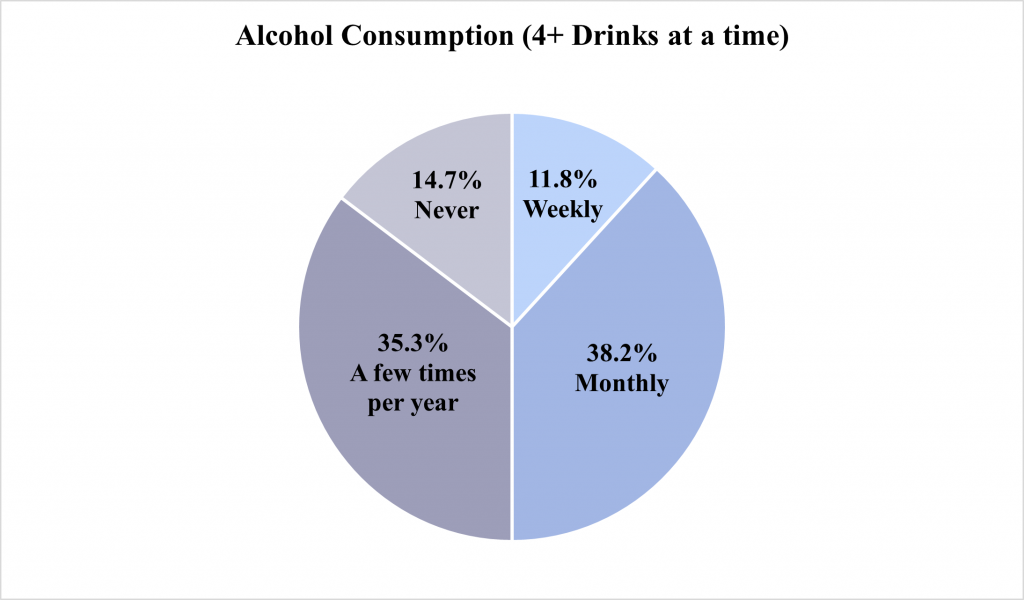
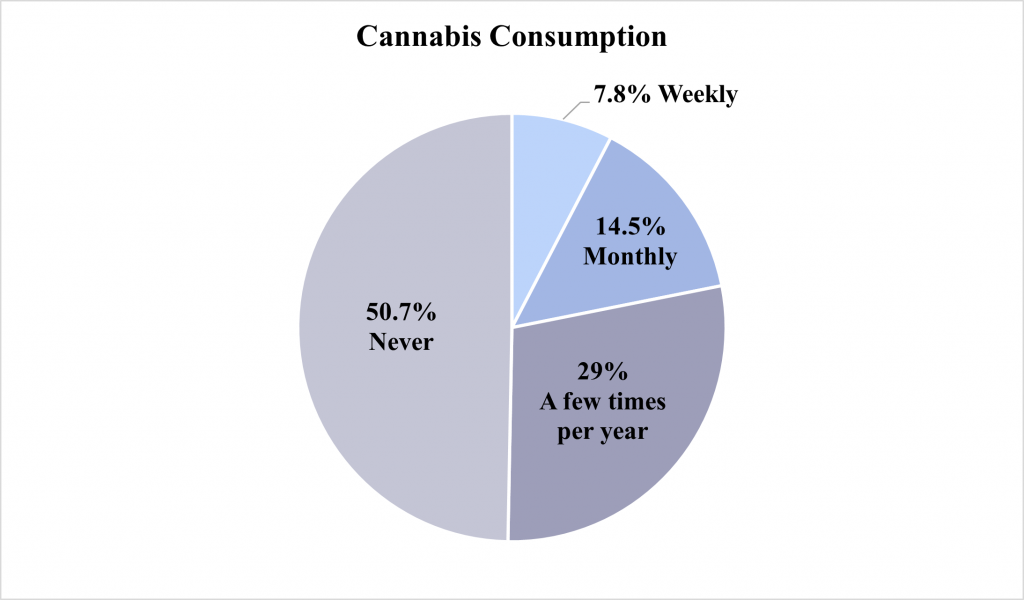
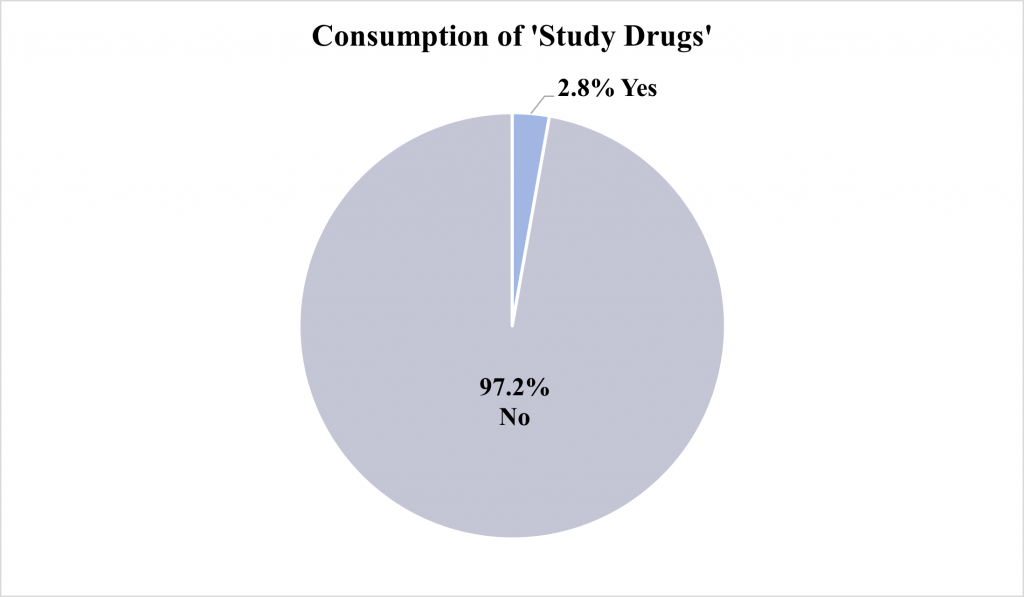
Alcohol consumption did not vary from past cohorts, though cannabis consumption increased from approximately one-third of the class last year to half of the class this year. Only 2.8% of the students admitted to using “study drugs” (Adderall, Vyvanse, etc.).





